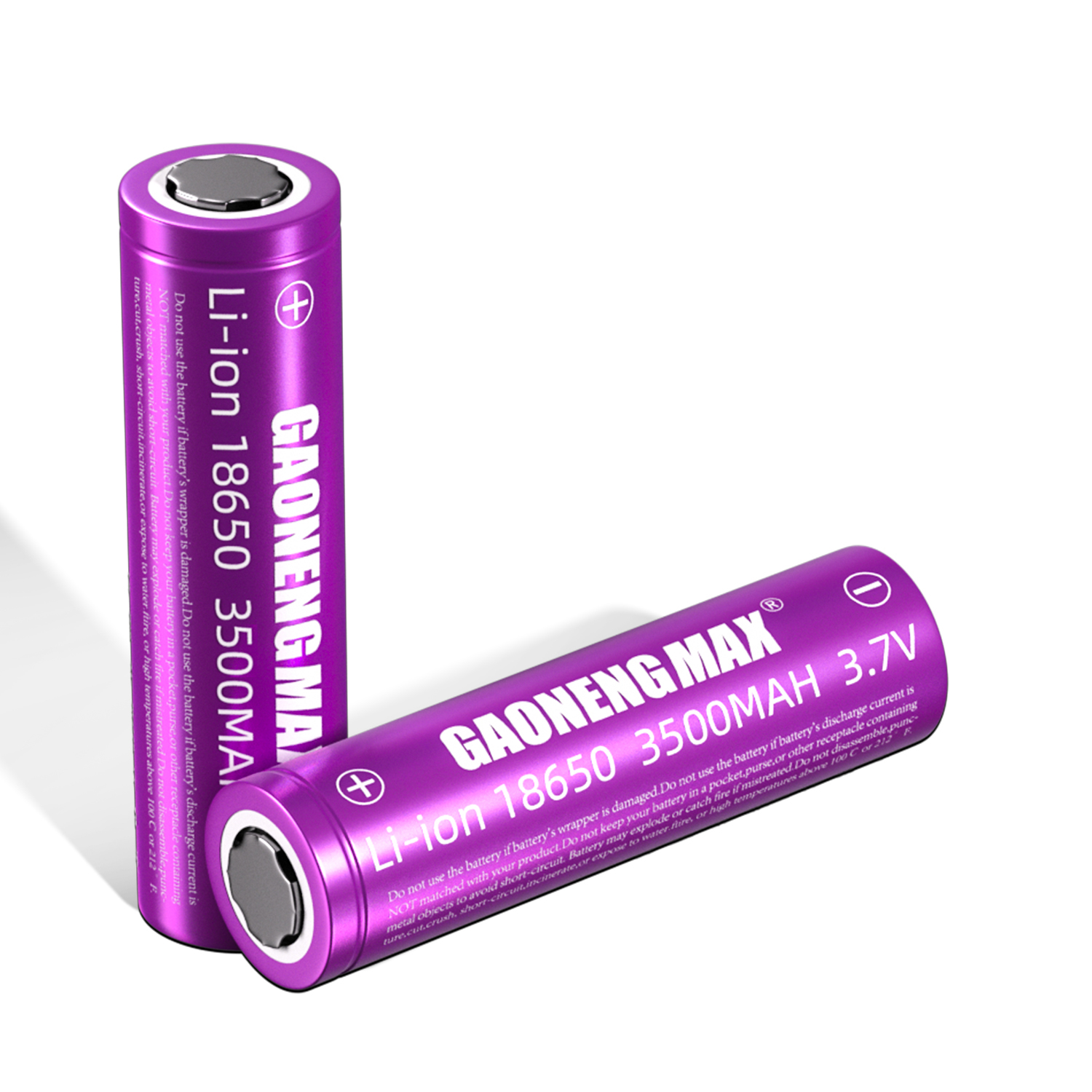

New battery after rechargeable lithium-ion battery: 7 times energy density Compared with existing lithium-ion rechargeable batteries, the energy density of the component is increased by about 7 times, and the cost is reduced to 1/40. This is a policy proposed by the Ministry of Economy and Industry regarding the battery functions of electric vehicles. This is 2
The new battery after rechargeable lithium-ion: 7 times more energy density
Compared with existing lithium-ion rechargeable batteries, the energy density of the module is increased by about 7 times, and the cost is reduced to 1/40. This is a policy proposed by the Ministry of Economy and Industry regarding the battery functions of electric vehicles. This is the policy value for 2030 proposed in the "Recommendations for New Generation Automobile Batteries" report released by the Ministry of Economy and Industry at a seminar in August 2006. Three years after the report was released, it is still considered a roadmap for battery development.
7 times the energy density is very necessary. According to EVs launched in 2009, Mitsubishi sedan's IMiEV has a continuous driving range of 160km, and Fuji Heavy Industries' Subaru plug-in Stella has a continuous driving range of 80km. In 2009, when electric cars were first launched, the intra-city scene made sense. But if all gasoline vehicles are to be replaced in the future, such a function obviously lacks strength. The energy density of this battery is 7 times that of current energy density, at least not 7 times that of lithium-ion rechargeable batteries. Only using triangular combinations such as negative electrode LiC6 (embedded lithium graphite), LiCoO2 (lithium cobalt oxide) or LiMn2O4 (lithium manganese oxide), and electrolyte (organic solvent), no matter how improved, it cannot escape the constraints of the data itself. The above three types of data have theoretical limitations, so it is useless to achieve leapfrog.
To break this barrier, research is underway to develop batteries that exceed the limits of lithium-ion rechargeable batteries. The aim is to break the triangle combination in one corner and make the functionality significantly advance. Examples include lithium-ion rechargeable batteries using ionic liquids, all-solid-state lithium-ion rechargeable batteries, and lithium-air batteries. Currently, research institutions such as Osaka Prefecture University, Kansai University, Industrial Technology Induction Research Institute, and Electric Power Center Research Institute are developing this kind of battery. The company is not yet a significant player. However, there are also many car manufacturers interested in cooperating with these seminar organizations. Meanwhile, Toyota announced that it has begun joint discussions with Osaka Prefecture University. In today's lithium-ion rechargeable batteries, the root of the problem lies in the use of organic solvents in the electrolyte. Organic solvents can easily catch fire or leak. While lithium itself is risky, organic solvents can cause trouble. Otherwise, the presence of solvent will dilute the electrolyte. It is ions that perform the work, so the remaining solvent will cause obstacles to the work, thereby dragging down the functional indicators and making it difficult for the energy density to reach 7 times.

Popular recommendation
1.5v Dry Battery!Panasonic is causing trouble again? Will join forces with Tesla and Toyota to devel
2023-10-086LR61 battery.Germany develops process to extract lithium from hot water for use in manufacturing el
2023-10-08cr2032 button battery.Detailed introduction to the classification, advantages and breakthroughs of n
2023-10-08LR721 battery.Battery technology is still difficult to break through
2023-10-14How to improve the energy density of lithium battery...
2022-06-13lithium 18650 li ion battery.Wang Qingsong, University of Science and Technology of my country: Rese
2023-10-08battery aaa alkaline.Research progress on metallurgical treatment of waste nickel-cadmium batteries
2023-10-09AA Ni-MH battery.Polymer lithium-ion battery technology
2023-10-09What is the difference between energy storage lithium-ion battery pack and power lithium-ion battery
2022-11-07601525 lipo battery.The United States develops a new type of button battery that will not harm the b
2023-10-09602535 polymer battery.Mater. Yu Jiaguo from Wuhan Institute of Technology. Today: Research progress
2023-10-081.5v Carbon battery.An alkaline battery charger circuit diagram
2023-10-09